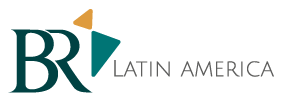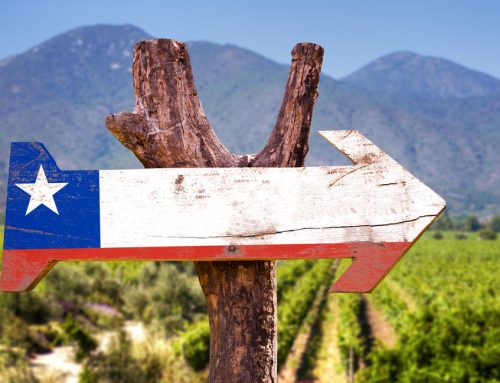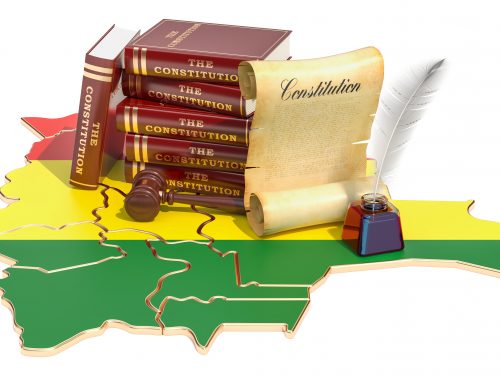According to a report it is estimated that there may be a total of 377.65 million users on the internet.
From its beginnings to now, the use of the Internet has grown considerably and has become an imperative need. It is a tool that we use to work, study, have fun, among many other purposes, increasing their productivity and quality of life. However, some people have used this tool incorrectly and have transform it into a space to commit unlawful conducts, or equally share content that they could make as their own without being, or sharing content without citing adequately the sources where the information was obtained.
At first, there was a certain reserve about the changes that the internet could bring, but this has change thanks to the fact that now the internet has become a tool of daily use, and generates the same impact as in the moment the radio and television did. According to some studies worldwide, it is estimated that there may be a total of 377.65 million users on the internet. Therefore, copyrights and related rights, as well as industrial property, (patents, utility model, industrial designs, trademarks, trade names, etc.) have been seen seriously threatened with the improperly use of the internet.
Although, there have been pronouncements on this matter with international treaties and norms establishing what would be a responsible use of the information and others, evidently it hasn’t been enough. It is clear that there’s still behaviors that contraries these rights and there are no clear parameters on the way in which these behaviors should be sanctioned. It is unknown to where it reaches the competition of a state to sanction infringers and where the international responsibility begins having into account the wide network that represents the internet.
Industrial property as one of the two branches of Intellectual Property (IP), along with Copyright and Related Rights, has been threatened by the diffusion of internet content that infringes IP rights, as well as the same conduct is incurred in the case of copyrights and related rights.
This is how Intellectual property rights are defined by the World Intellectual Property Organization (WIPO):
Intellectual property rights are like any other property right. They allow creators, or owners, of patents, trademarks or copyrighted works to benefit from their own work or investment in a creation. These rights are outlined in Article 27 of the Universal Declaration of Human Rights, which provides for the right to benefit from the protection of moral and material interests resulting from authorship of scientific, literary or artistic productions.
The international legal instrument that guards the protection of industrial rights is the Paris Convention for the Protection of Industrial Property of March 20, 1883, in addition to the domestic legislation of each state in relation to the subject.
WIPO maintains that the most appropriate mechanism for the protection of industrial property rights is the beginning of the registration procedure according to the legislation of each state. However, the fact of publishing information of a trademark, an industrial secret, or a patent, that has already been registered with all formalities or even without having done so, but making it seem as its own when it could be in title by another person, is the clearest form of violation and ignorance of these rights, and more if it happens on the internet. The place where the information travels in a vertiginous way and much of what we find there is difficult to verify and confront to make sure that it is indeed reliable and correct information.
One of the clearest examples that we can mention is the violation of the so-called “industrial secrets”, when confidential information is reveal by a third party, and the release of the information may affect the development of the invention and the revenue that it wants to get out of it.
A case of this violation was seen in the well-known company Apple, the characteristics of the “iPhone 4” was disclosed, a person sold the device months before its commercialization to a famous internet newspaper, and clearly the phone was seen in a bar in the United States. The revelation of all the features was very fast and, given the global nature of the network, the whole world had knowledge of the characteristics of the phone long before it came to the market. For some competitors this was a huge opportunity to evaluate the characteristics of the product and improved theirs.
After knowing what can happen with your industrial secrets, trademarks, inventions, copyrights etc., we ask ourselves: How can we protect industrial property rights, if we find out that they have been violated in the network? There arise then a series of questions that both domestic legislation and international treaties must resolve to achieve real and effective protection of these rights.
In the absence of an international convention or treaty that specifically regulates the way in which conduct committed through the Internet should be sanctioned, we must explore the possibilities offered by international law in this regard.
The application of the principle of international law of “National Treatment” is the most viable and appropriate possibility that we find in this regard when investigating and punishing conduct of this nature. Thus, the principle of international law of national treatment is preserved in Article 2 of the Paris Convention of 1883 for the protection of industrial property, emphasizing that no domicile or establishment in the country where protection is claimed is required.
Another solution offered by the international law is related to the duty of the United States – under the Global Electronic Commerce Framework, formulated in 1997 – to work closely with other nations to clarify the applicable legal rules and to favor and Generally reinforce the contractual provisions allowing the parties to select the substantive rules on liability.
Nevertheless, after the analysis we concluded that the role of international law should be more important in the investigation and punishment of these behaviors on the internet to identify those responsible, and in the prevention of crime, since it is a resource used by thousands of people around the world and by the global impact of the information share and its subsequent consequences.
But as we said before, WIPO maintains that the most appropriate mechanism for the protection of industrial property rights is to start the registration procedure of your patent, trademark, copyright and industrial design on the country where you want to protect it from third parties.




